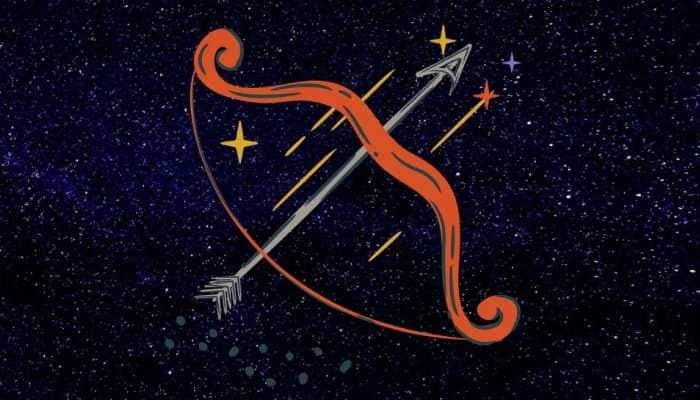Zooming in on 'Supernova 1987A' after three decades - Watch
The video begins with a nighttime view of the Small and Large Magellanic clouds, satellite galaxies of our Milky Way.
Trending Photos
)
New Delhi: Three decades ago on February 23, astronomers spotted one of the brightest exploding stars in more than four centuries years - Supernova 1987A (SN 1987A), also called the titanic supernova.
The supernova, observed in the nearby Large Magellanic Cloud, was so bright that it was visible to the naked eye from Earth’s surface, emitting the power of a 100 million Suns for several months following its discovery in 1987.
Since then, SN 1987A has continued to fascinate astronomers with its spectacular light show.
To commemorate the 30th anniversary of the supernova 1987a, NASA has released new images, time-lapse movies, a data-based animation based on work led by Salvatore Orlando at INAF-Osservatorio Astronomico di Palermo, Italy, and a three-dimensional model.
By combining data from NASA's Hubble Space Telescope and Chandra X-ray Observatory, as well as the international Atacama Large Millimeter/submillimeter Array (ALMA), astronomers - and the public - can explore SN 1987A like never before.
NASA's video begins with a nighttime view of the Small and Large Magellanic clouds, satellite galaxies of our Milky Way. It then zooms into a rich star-birth region in the Large Magellanic Cloud.
NASA says SN 1987A is the nearest supernova explosion observed in hundreds of years and the best opportunity yet for astronomers to study the phases before, during, and after the death of a star.







)
)
)
)
)
)
)
)
)
)
